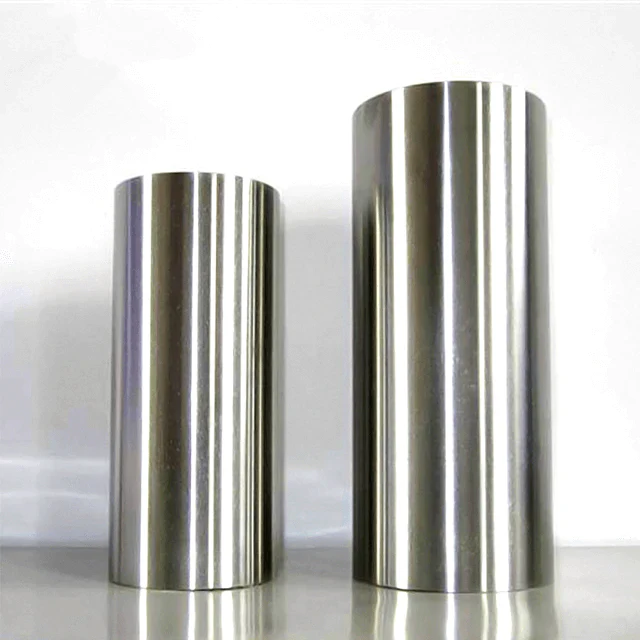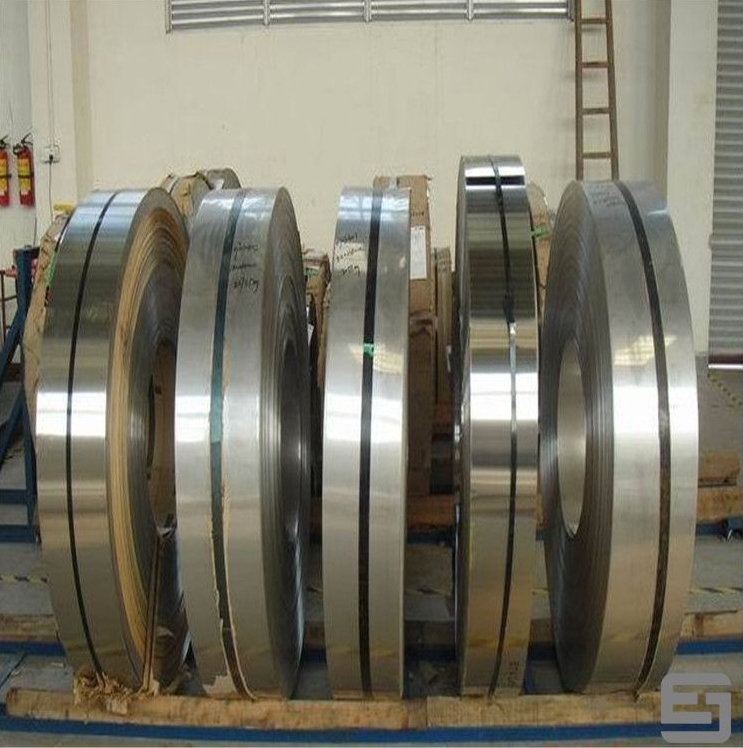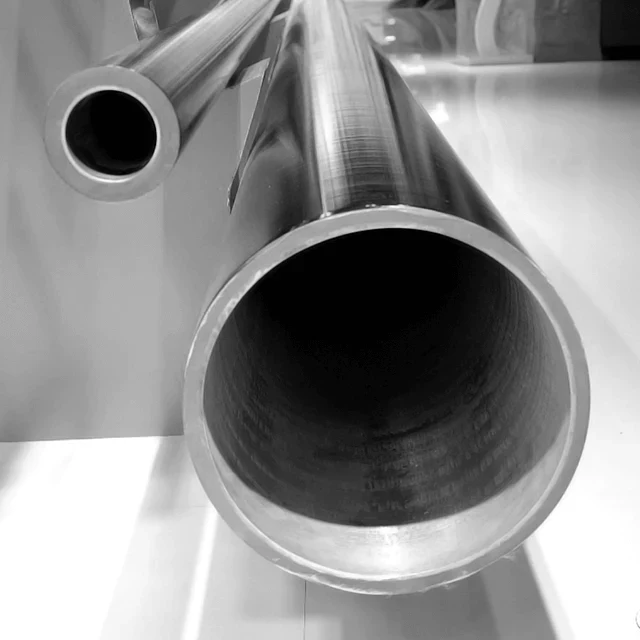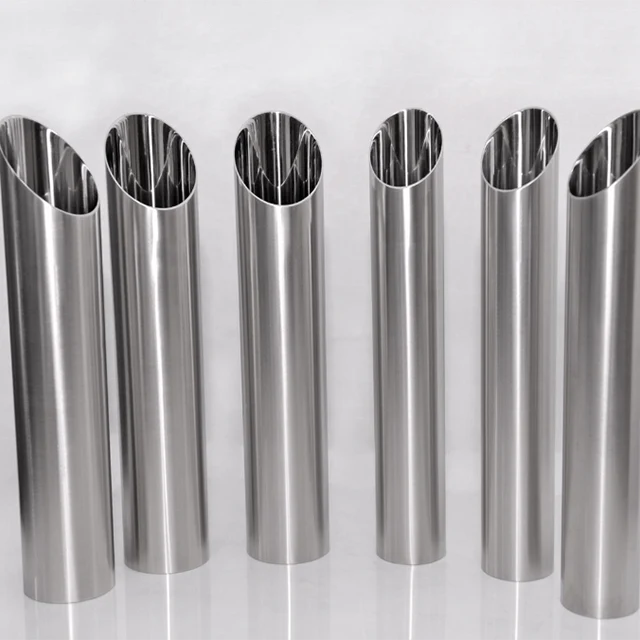Inconel 601: A Comprehensive Overview of a High-Performance Nickel-Chromium Alloy
Introduction
Inconel 601, a nickel-chromium alloy developed by Special Metals Corporation (now part of Precision Castparts Corp.), is renowned for its exceptional resistance to high-temperature oxidation, carburization, and corrosion. This superalloy is widely employed in industries ranging from aerospace to chemical processing, where extreme thermal and chemical environments demand materials with unparalleled durability. This article delves into the composition, properties, applications, and processing considerations of Inconel 601, offering a detailed technical analysis of its capabilities.
Composition and Microstructure
Inconel 601 (UNS N06601) is primarily composed of:
- Nickel (Ni): 58–63% (provides inherent corrosion resistance and high-temperature stability).
- Chromium (Cr): 21–25% (enhances oxidation resistance through the formation of a protective Cr₂O₃ oxide layer).
- Iron (Fe): Balance (improves mechanical strength and cost-effectiveness).
- Aluminum (Al): 1.0–1.7% (critical for stabilizing the oxide layer under cyclic thermal conditions).
- Minor Elements: Trace amounts of manganese (≤1.0%), copper (≤1.0%), and silicon (≤0.5%) optimize workability and microstructural integrity.
The alloy’s microstructure consists of a face-centered cubic (FCC) austenitic matrix, which ensures excellent ductility even at cryogenic temperatures. The addition of aluminum facilitates the formation of a dense, adherent oxide scale that resists spalling during thermal cycling.
Key Properties
1. High-Temperature Performance
Inconel 601 excels in environments up to 1250°C (2282°F). Its oxidation resistance surpasses that of many stainless steels and lower-grade nickel alloys due to:
- Self-Healing Oxide Layer: The Cr₂O₃-Al₂O₃ composite scale regenerates under thermal stress, preventing substrate degradation.
- Resistance to Carburization/Nitridation: Stable in hydrocarbon-rich or nitrogen-bearing atmospheres, making it ideal for furnace components.
2. Mechanical Strength
- Tensile Strength: ~655 MPa (95 ksi) at room temperature.
- Creep Resistance: Maintains structural integrity under prolonged stress at elevated temperatures.
- Fatigue Resistance: Performs well in cyclic thermal and mechanical loading scenarios.
3. Corrosion Resistance
- Oxidizing Acids: Resists nitric acid (HNO₃) and other oxidizing media.
- Sulfurous Environments: Withstands sulfur dioxide (SO₂) and hydrogen sulfide (H₂S) in petrochemical applications.
- Aqueous Corrosion: Performs admirably in brackish water, seawater, and chloride-containing solutions.
4. Thermal Stability
- Thermal Expansion Coefficient: 14.2 μm/m·°C (20–1000°C), comparable to austenitic stainless steels.
- Thermal Conductivity: 11.2 W/m·K at 100°C, ensuring efficient heat dissipation.
Applications Across Industries
Aerospace & Gas Turbines
- Combustion liners, afterburner components, and exhaust systems benefit from its oxidation resistance in jet engines.
Heat Treatment Equipment
- Muffles, retorts, and radiant tubes in industrial furnaces operate reliably in carburizing or neutral atmospheres.
Chemical Processing
- Reactors, catalyst grids, and piping systems handle aggressive acids and sulfur compounds.
Power Generation
- Used in superheater tubes, heat exchangers, and boiler components in coal-fired and nuclear plants.
Pollution Control
- Thermal oxidizers and scrubbers in waste incineration systems leverage its resistance to acidic flue gases.
Fabrication and Machining Considerations
1. Forming
- Hot Working: Performed at 870–1230°C (1600–2250°F) to avoid cracking.
- Cold Working: Requires intermediate annealing due to rapid work hardening.
2. Welding
- Compatible with GTAW (TIG) and GMAW (MIG) processes.
- Recommended filler metals: Inconel 617 (ERNiCrCoMo-1) or Inconel 625 (ERNiCrMo-3).
3. Machining
- Use carbide tools with positive rake angles and low cutting speeds.
- Coolants are essential to mitigate tool wear.
4. Heat Treatment
- Solution annealing at 1095–1175°C (2000–2150°F) followed by rapid quenching optimizes corrosion resistance.
Design and Economic Considerations
While Inconel 601 is costlier than stainless steels, its longevity in extreme environments reduces lifecycle costs. Designers must account for its lower thermal conductivity compared to copper alloys and its thermal expansion compatibility with adjacent materials.
Conclusion
Inconel 601 remains a cornerstone material for applications demanding resilience against heat, oxidation, and corrosion. Its balanced composition and versatile performance make it indispensable in advancing technologies across energy, aerospace, and heavy industries. As material science evolves, Inconel 601 continues to set the benchmark for high-temperature nickel alloys, embodying the synergy between metallurgical innovation and industrial necessity.
This article synthesizes technical data from ASTM standards, manufacturer datasheets, and peer-reviewed studies to ensure accuracy. For specific use cases, consulting alloy producers or corrosion engineers is advised.







